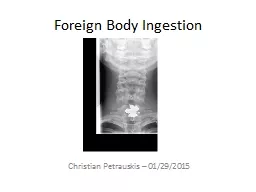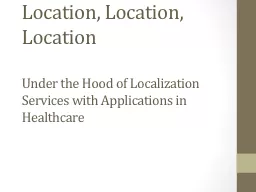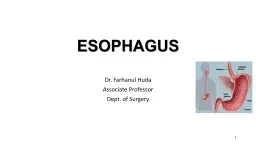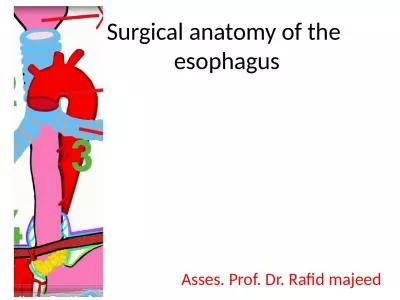PDF-Figure 1 Location of the esophagus in the body
Author : hazel | Published Date : 2021-10-10
Barretts Esophagus Introduction Barretts esophagus is a condition in which columnar cells replace the usual squamous cell in the of theesophagus The condition is
Presentation Embed Code
Download Presentation
Download Presentation The PPT/PDF document "Figure 1 Location of the esophagus in th..." is the property of its rightful owner. Permission is granted to download and print the materials on this website for personal, non-commercial use only, and to display it on your personal computer provided you do not modify the materials and that you retain all copyright notices contained in the materials. By downloading content from our website, you accept the terms of this agreement.
Figure 1 Location of the esophagus in the body: Transcript
Download Rules Of Document
"Figure 1 Location of the esophagus in the body"The content belongs to its owner. You may download and print it for personal use, without modification, and keep all copyright notices. By downloading, you agree to these terms.
Related Documents














